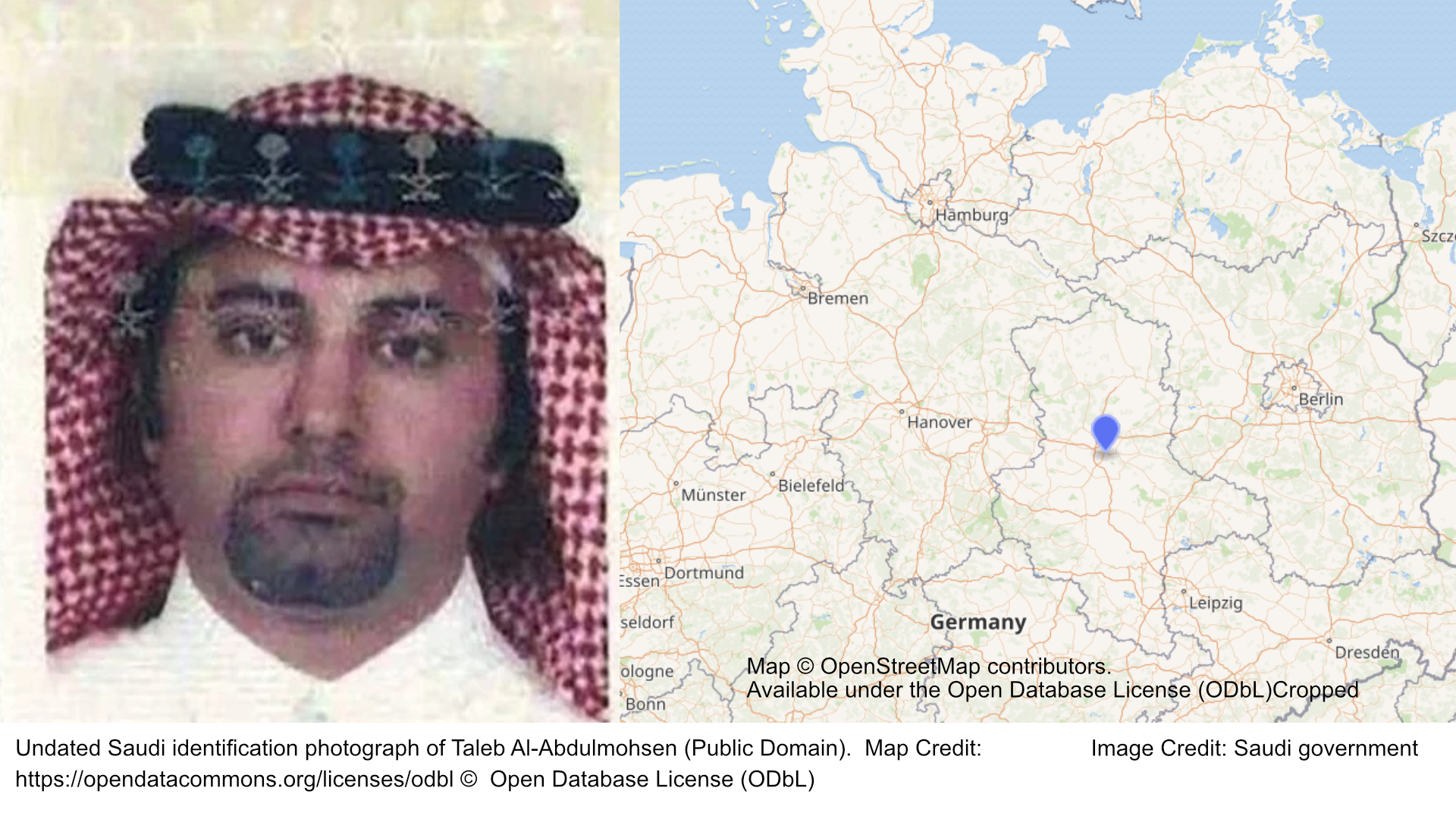A dangerous Hurricane Helene crashed into the Gulf Coast of Florida on Thursday evening as a Category 4 storm, bringing record-breaking storm surges in parts of the state, as well as damaging winds, rains, and flash floods hundreds of miles inland across much of the southeastern United States, forecasters said.
At least 43 people have been killed across four states after Hurricane Helene barreled its way across the southeastern US. Emergency crews are racing to rescue people trapped in flooded homes after Helene struck the coast of Florida as a highly destructive Category 4 storm. It generated a massive storm surge, wreaking a trail of destruction extending hundreds of miles north. Millions are without power in Florida and neighboring states.
Meanwhile, dozens of patients and staff have been rescued from the roof of a flooded Tennessee hospital following a “dangerous rescue operation.” Tennessee Senator Bill Hagerty said more than 50 people are now safe after becoming stranded on the Unicoi County Hospital. The hospital was engulfed in “extremely dangerous and rapidly moving water,” according to Tennessee’s Ballad Health, making a boat rescue too treacherous. A police helicopter was ultimately able to land on the roof after other helicopters failed to reach the hospital due to the storm’s winds.
Local official Michael Baker told Sky News the flooding was “unprecedented.” “We’ve never seen anything like this,” he said. As of early afternoon, Helene, which has been downgraded to a tropical depression, was packing maximum sustained winds of 35 mph (55 kph) as it slowed over Tennessee and Kentucky, the National Hurricane Center said. It struck overnight with maximum sustained winds of 140 mph (225 kph) in the rural Big Bend area, the northwestern part of Florida. The National Hurricane Center said preliminary information shows water levels reached more than 15ft above ground in that region.
US President Joe Biden has approved emergency declaration requests from the governors of several southern states affected by Helene. Georgia, Florida, Alabama, North Carolina, and South Carolina are being supported by emergency response personnel including search and rescue teams, medical support staff, and engineering experts. Georgia Governor Brian Kemp has said dozens of people are trapped in buildings damaged by the storm, with multiple hospitals in southern Georgia without power.
In western North Carolina, Rutherford County emergency officials have told residents near the Lake Lure Dam to immediately evacuate to higher ground, warning “Dam failure imminent.” Meanwhile, Florida Governor Ron DeSantis said the damage from Helene in the area appears to be greater than the combined damage of Idalia and Hurricane Debby in August. “It’s demoralizing,” he said.
Many stranded in places like Tampa could only be reached by boat, with officials warning the water could contain live wires, sewage, sharp objects, and other debris. More than four million properties are without power across Florida, Georgia, the Carolinas, Virginia, Kentucky, Tennessee, and Ohio, according to the logging website, PowerOutage.
Despite Helene’s power, this hurricane season has been more remarkable for its lack of activity. At the start of the hurricane season, which runs from June 1 to November 30, sea surface temperatures were (and remain) off-the-charts warm. It’s this ocean heat that fuels tropical storms. This combined with a developing La Nina phenomenon led US forecasters to predict 2024 would be a major hurricane season. Between 17 and 24 storms were expected, with eight to 13 developing into hurricanes.
Hurricane Beryl grazed the coast of Jamaica in July as a Category 5 hurricane. It was the earliest storm of that size ever recorded and was seen as a harbinger of the prediction. But, so far at least, it’s failed to materialize. There have been just six hurricanes so far this year – slightly below average. But why? It seems to be due to what’s happening on the other side of the Atlantic where ocean warming forced the African monsoon further north than usual.
This led to catastrophic flooding in central and west Africa displacing millions, but it also shifted the weather system that usually spawns hurricanes and spins them across the Atlantic. There’s already abundant evidence our warming oceans and atmosphere are making storms more intense – but predicting where they will occur and how often is never simple – and perhaps getting even harder as our planet gets hotter.
Prior to the hurricane making landfall, officials in Florida begged residents to evacuate. The sheriff’s office in rural Taylor County issued a chilling warning to those who refused to leave. “Please write your name, birthday, and important information on your arm or leg in a permanent marker so that you can be identified and family notified,” the post on Facebook said.
Forecasters now expect the storm to continue weakening across Tennessee and Kentucky. It is feared heavy rain over the Appalachian Mountains could cause mudslides and flash flooding.
Electric vehicle owners who live in the path of hurricanes should be wary of the risk their cars could catch fire if they are inundated by saltwater as the powerful storm moves ashore. Electric vehicles can catch fire if they are inundated by saltwater, so owners who live in the path of a major storm like Hurricane Helene should take precautions and prepare for the possibility that they’ll be unable to charge their cars during a power outage.
Florida Gov. Ron DeSantis urged EV owners this week to get their vehicles to higher ground before Hurricane Helene arrived. Although the problem is rare, there have been a number of instances in recent years of electric vehicles igniting after hurricanes. Keeping electric vehicles out of standing water is the best way to avoid the possibility of a fire. Tesla offers similar advice about avoiding letting its vehicles become submerged if at all possible, but if that does happen the carmaker suggests towing the vehicle at least 50 feet away from structures or anything combustible until it can be inspected by a mechanic.
The best way to get through a power outage is to follow the same kind of advice your dad may have given you about keeping your gas tank full to make sure you wouldn’t be stranded. Keeping your electric vehicle charged offers the most flexibility. Of course, electric vehicle owners won’t be able to charge their cars during a power outage, so they may need to watch how much they drive. But EVs aren’t any worse off than conventional vehicles because gas stations can’t pump fuel in a power outage either.
The National Highway Traffic Safety Administration has been researching this problem since it was first seen after Hurricane Sandy struck the Northeast in 2012. But no one seems to have detailed statistics on just how often this happens. Two years ago, Hurricane Ian compromised the batteries of as may as 5,000 electric vehicles, and 36 of them caught fire. Several more electric vehicles caught fire in Florida last year after Hurricane Idalia, although that storm was weaker than Ian. Researchers at NHTSA speculated that it may have also helped that more people were aware of the problem and moved their vehicles to higher ground before that storm.
But it happens often enough that Florida officials were worried about the possibility before Hurricane Helene arrived because they were expecting a potentially devastating storm surge up to 20 feet deep in the northwestern part of Florida. These fires do seem to be linked specifically to saltwater because salt can conduct electricity. Similar problems haven’t been reported after freshwater flooding in California that was driven by heavy rains early this year.
Electric vehicles with lithium ion batteries can catch fire if the batteries short circuit and start to heat up. Tom Barth with the National Transportation Safety Board said that if the heat starts to spread between different cells in the battery back it can cause a chain reaction called thermal runaway. “If the saltwater is able to bridge the gap between the positive and negative terminals of battery, then it can cause a short circuit,” said Barth, who is chief of the special investigations branch of the NTSB’s office of highway safety.
Carmakers do design their batteries to try to prevent this problem. There are often separations or insulation barriers between different cells in the battery pack, and manufacturers take steps to keep moisture out. But they do have to include ways for the batteries to vent heat. “Where it begins to be a problem is if you have the batteries submerged in standing water. That’s where it starts to overcome the moisture seals in the battery,” Barth said.
Sometimes electric vehicles can catch fire long after the floodwaters have receded because even after the water evaporates salt that can conduct electricity may be left behind. So it’s important to have them checked out if they are submerged. “It’s not like every vehicle that gets flooded is therefore going to ignite and catch fire,” Barth said.
The National Highway Traffic Safety Administration said it is working to improve battery safety as officials learn more about the problems. The agency has proposed updating some of the safety requirements for electric vehicle batteries to reduce the risks.





